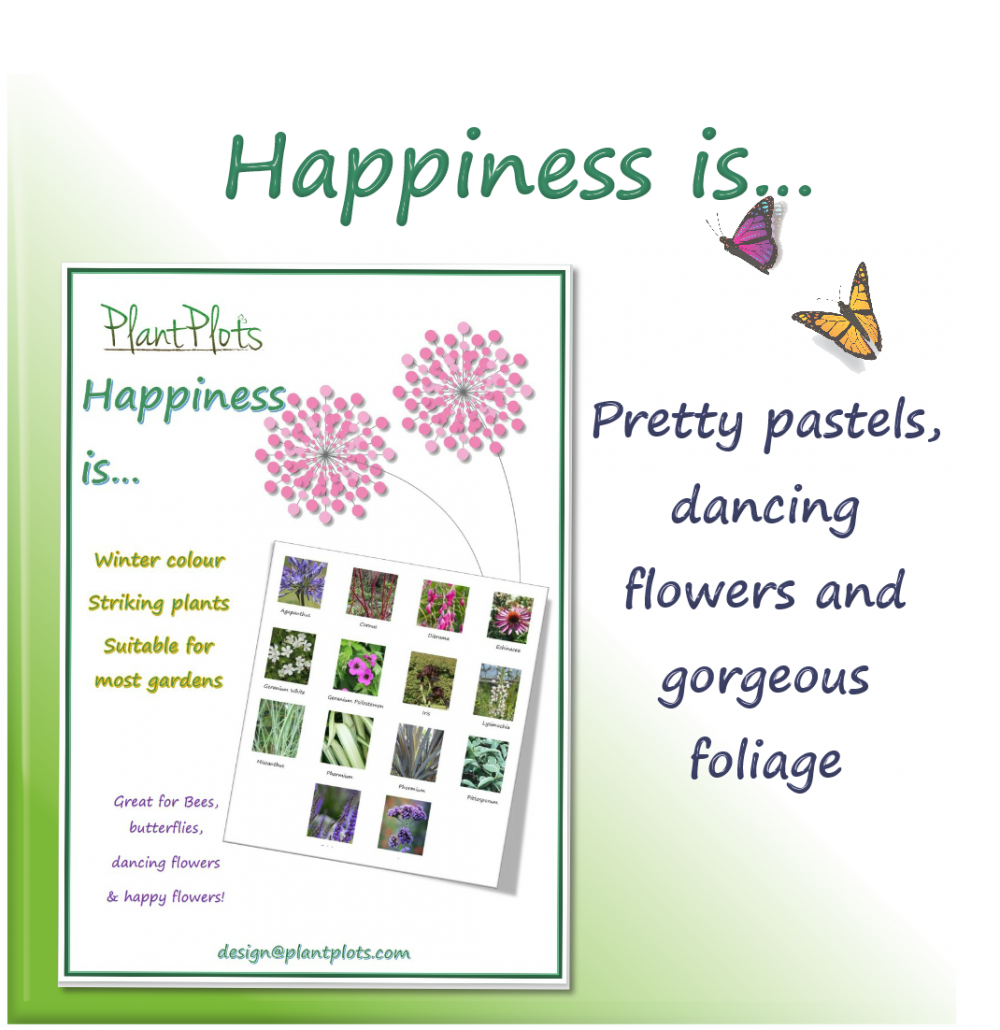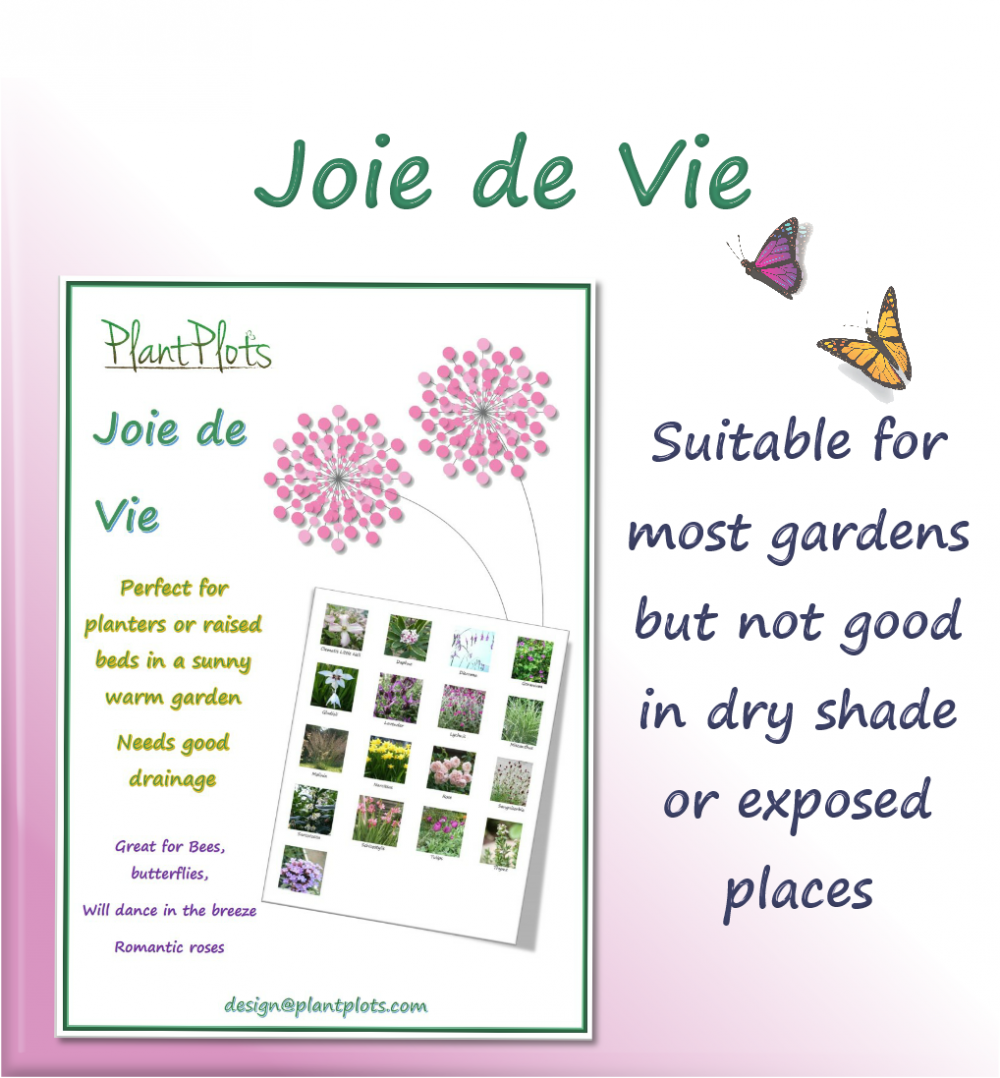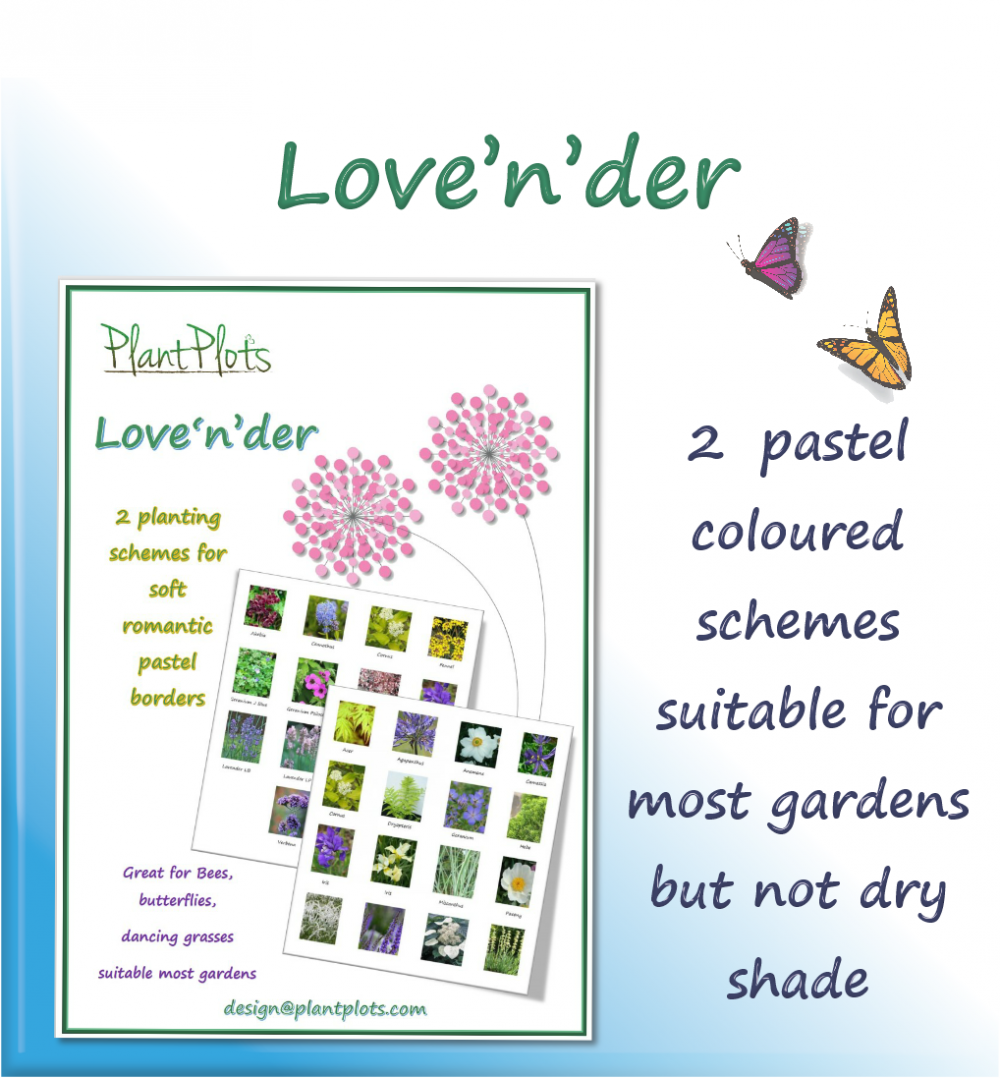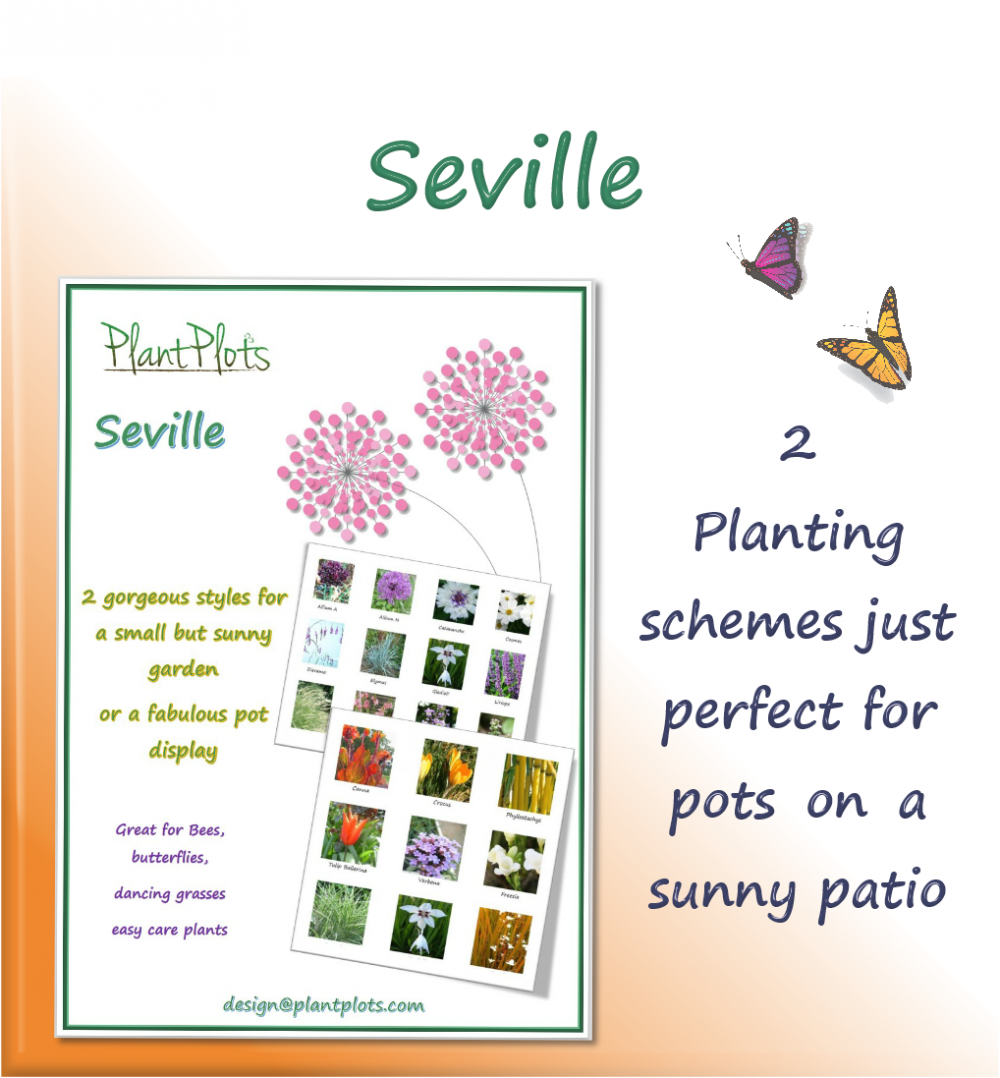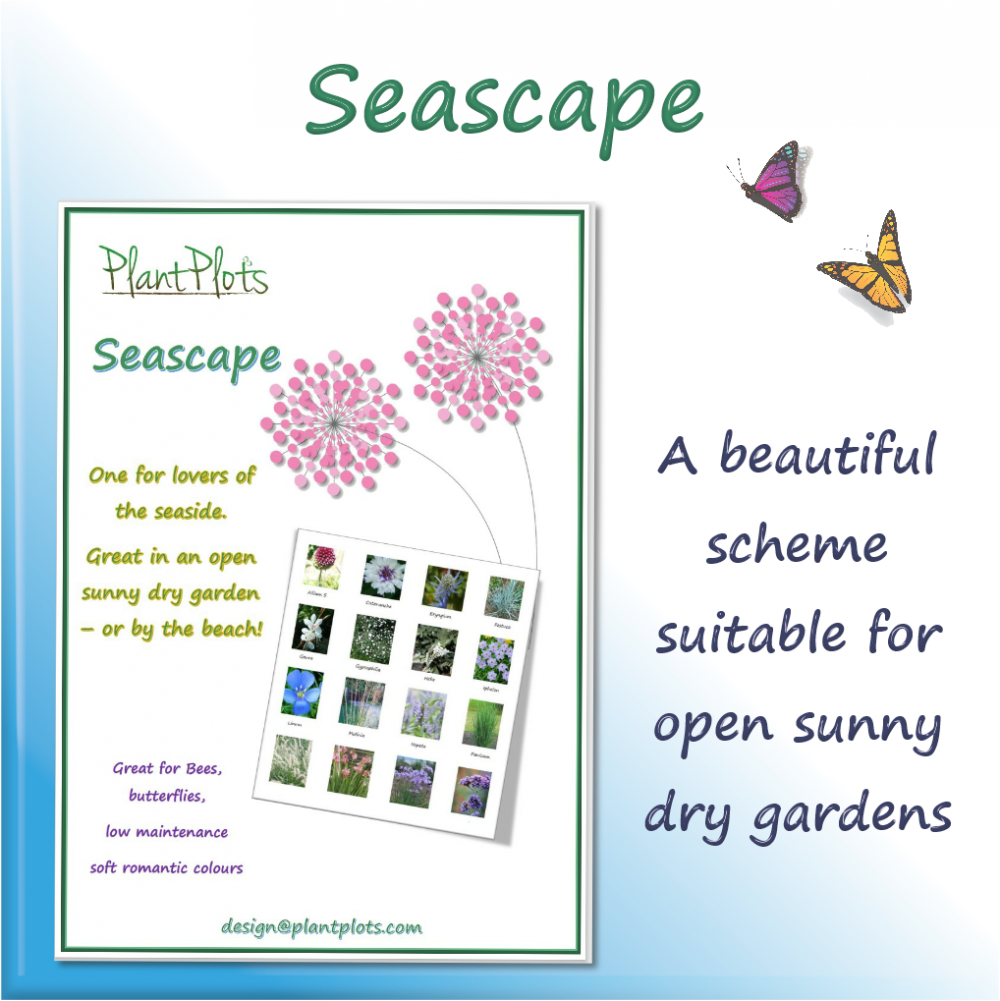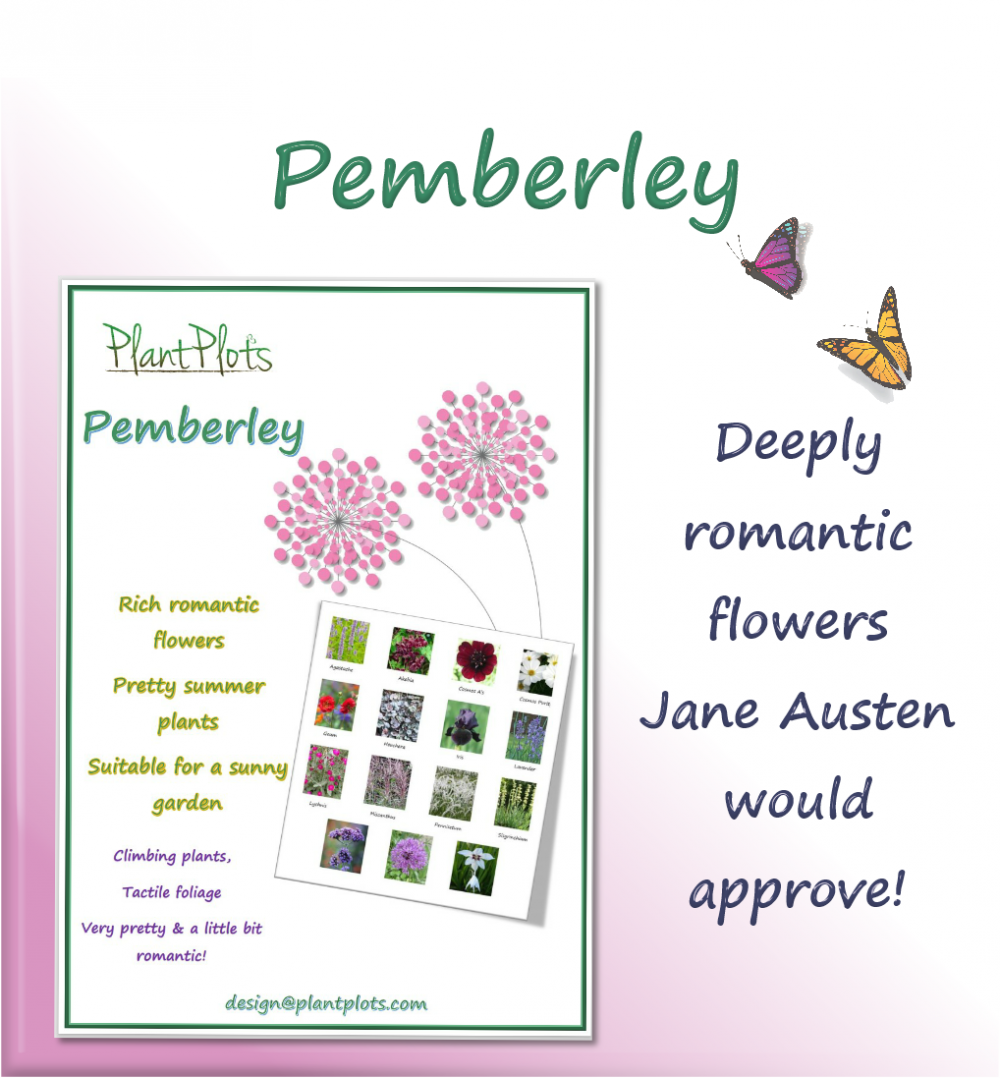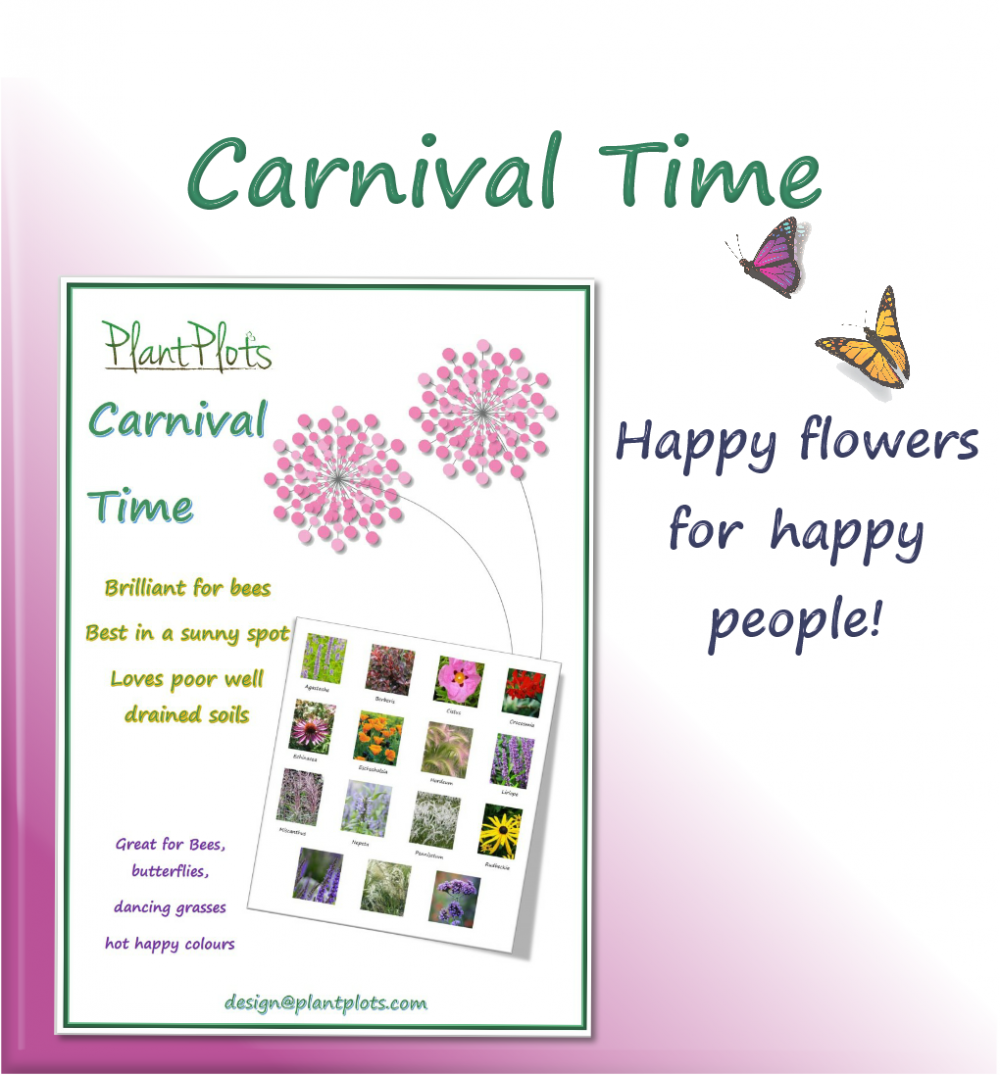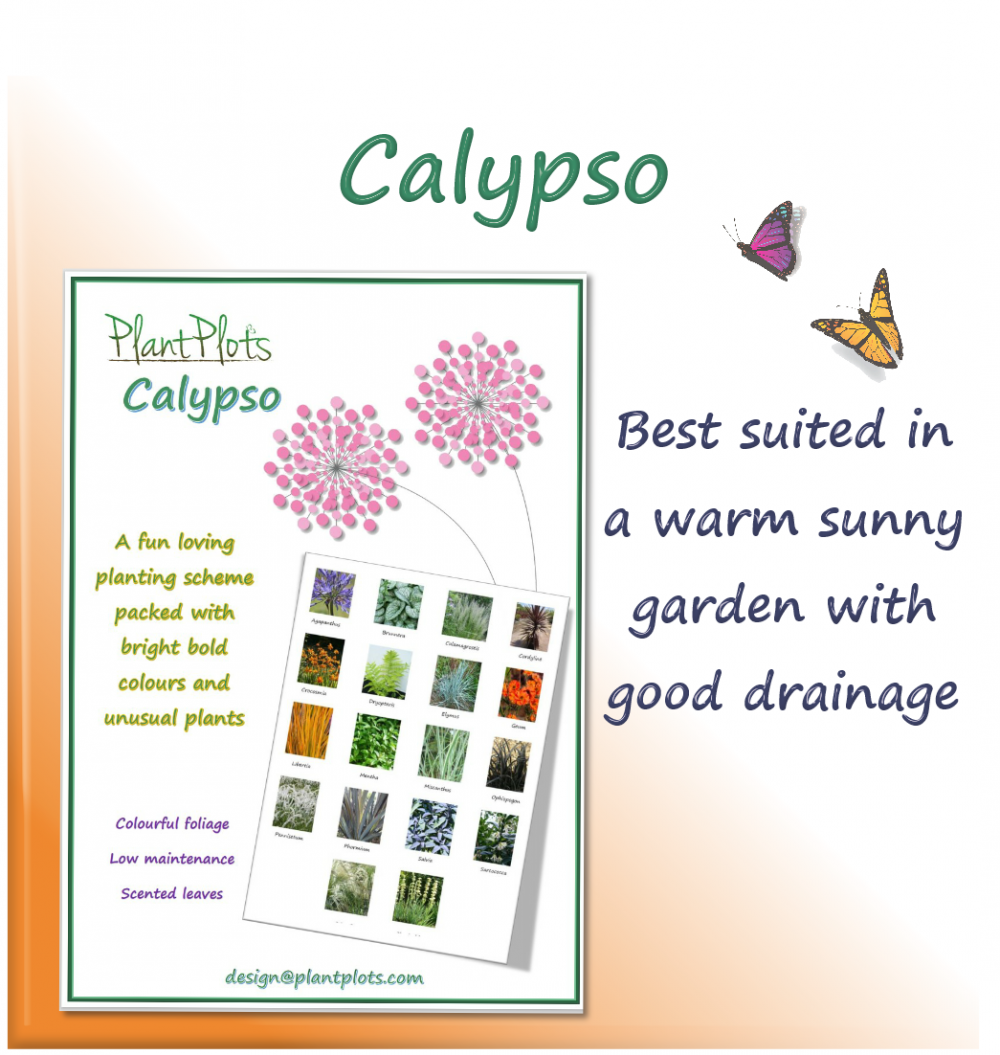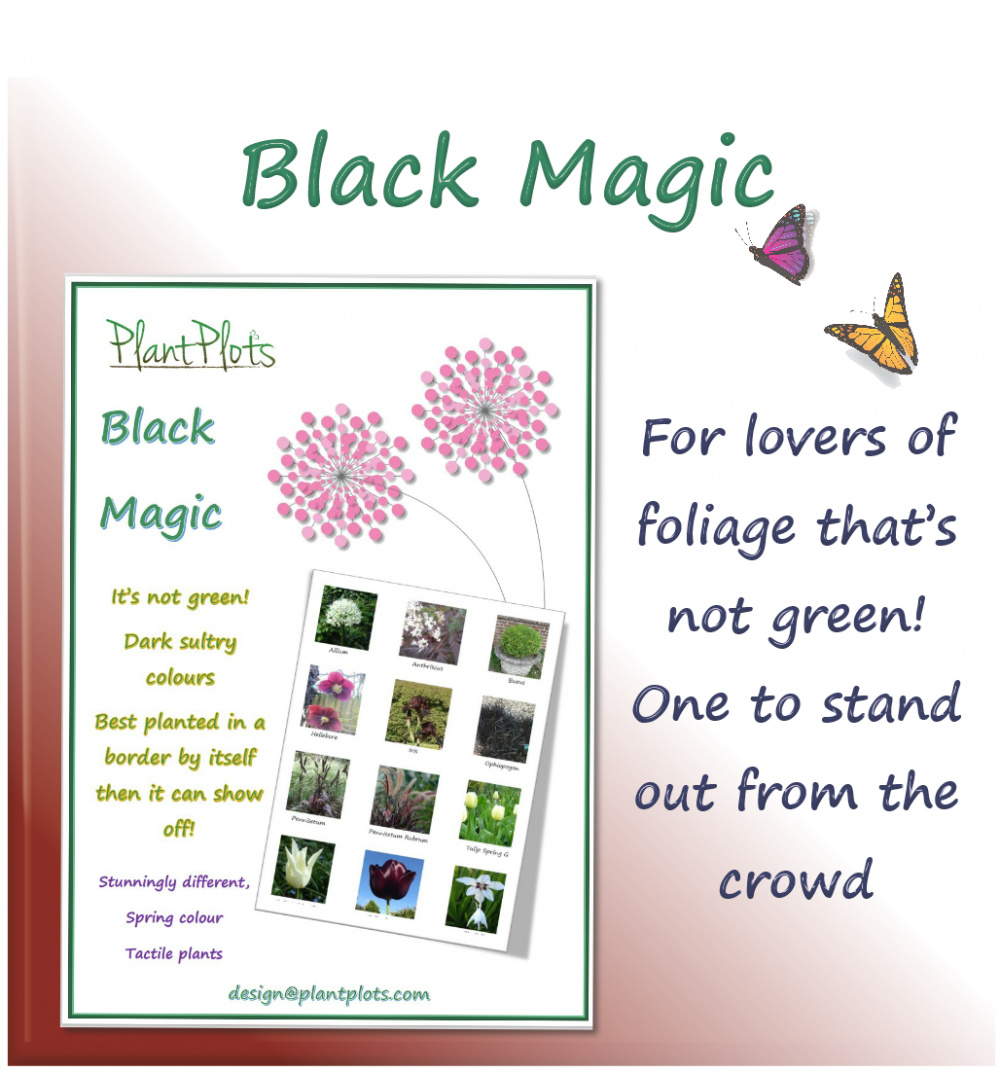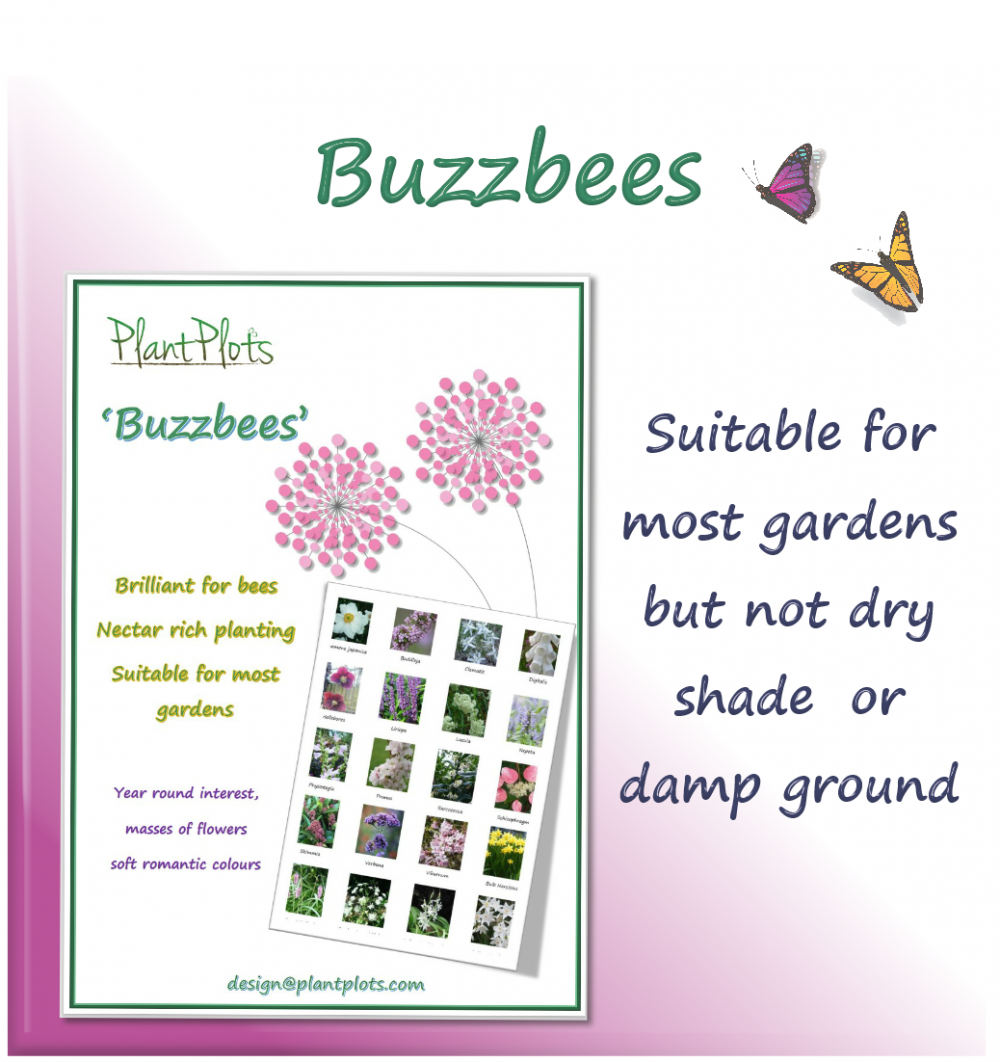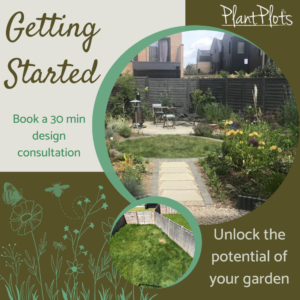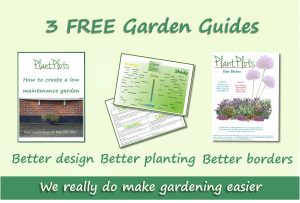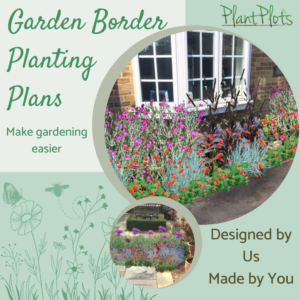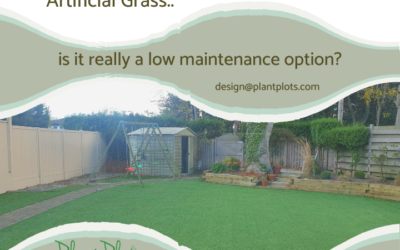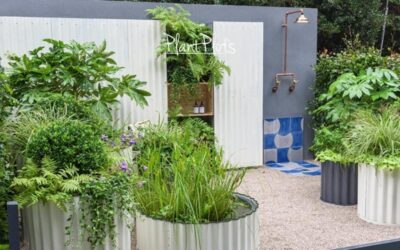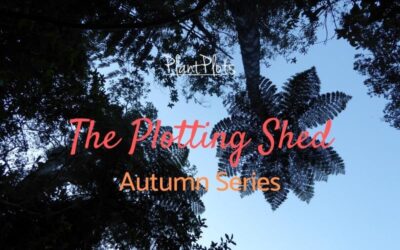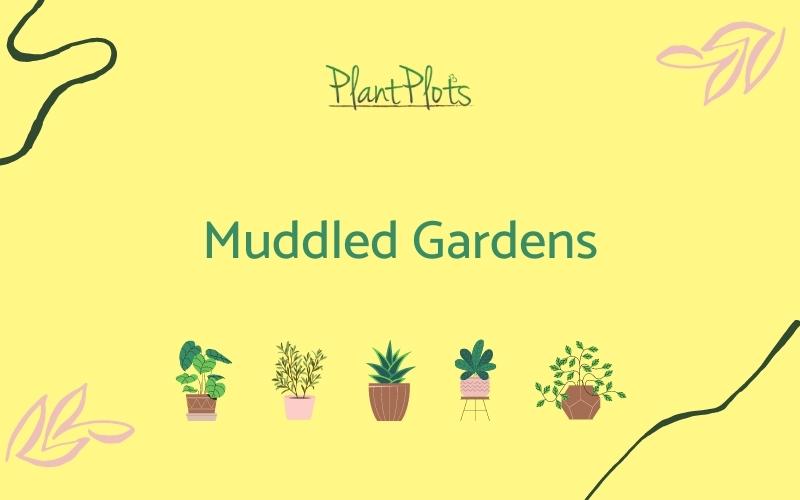
Muddled gardens – sadly creep up on the unsuspecting gardener, these are gardens that once followed a plan, but that over time have morphed and evolved into a bit of a muddled mess, full of overgrown plants or even worse dead ones!
This post accompanies the 2 podcast episode on Muddled Gardens.
There are two parts to consider, the design layout and the planting layout. For more help and advice watch our design videos
Design Layout go Back to Basics
Once designs and gardens begin to get cluttered and muddled, it can become harder to ‘see’ where to start. So the best course of action is to go back to the basics and consider the minimum the garden needs to do for you.
- A place to sit
- Having a way to get to the seating area
- And something to look at once you are there.
This simplifying allows you to think through what’s really needed. The seating area needs to be where you sit out most often, and a path (if necessary) should take you straight there easily.
In terms of the border placement, just concentrate on creating one impactful ‘look at me’ border rather than try to sort everything out all at once.
Gardens and gardening takes time, it always has. This method will give you the basics back, and then once those are done, you will sit out in your favourite place and can look around and begin to re-plan how the shapes in the garden should be reworked again. Muddled gardens need unravelling, but it is always best to unravel them slowly, just like a tangled ball of string, if you unwind too quickly it simple re-tangles itself elsewhere!
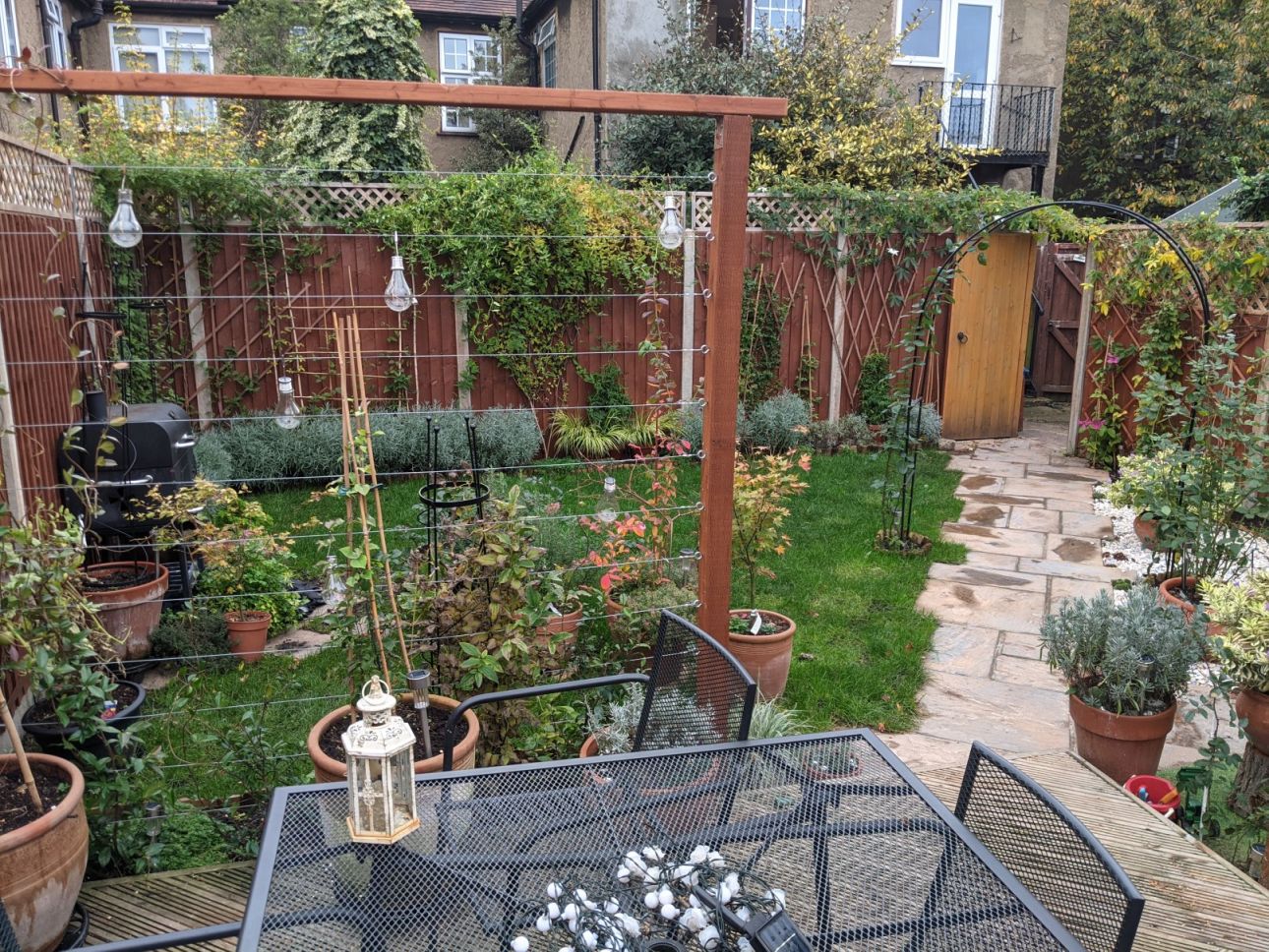
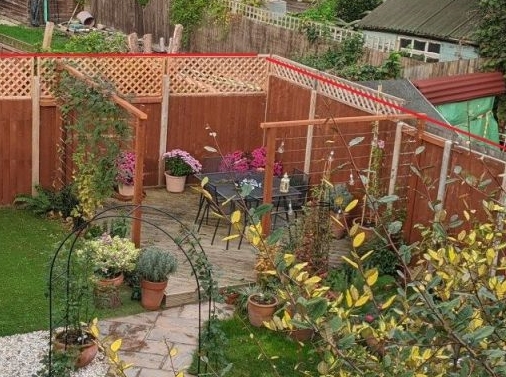
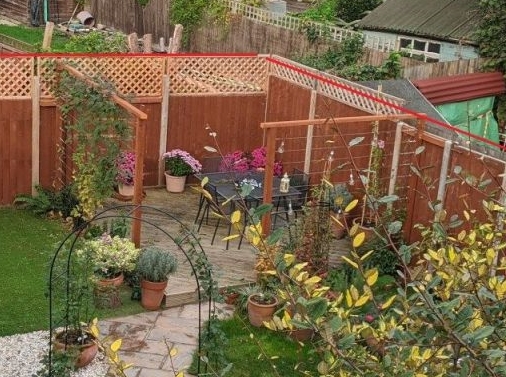
In this garden for example, it’s owner had already laid out the two main elements, the seating place and path to get there, but then they had got over excited with choosing plants for the garden, there were so many lovely plants to have – and they chose lots of them to fill the garden.
Unfortunately, this led to too much in the garden and it becoming rather muddled.
What was needed was a plant audit!
Planting layouts
Auditing the plants you have help you decide why you need a plant but more important is it highlight those plants that are surplus to requirements. List each plant and it doesn’t matter if you don’t know the name, it will look something like this!
| Plant | How many | Space used | Colour | Nice??? |
| Lavenders | 5 | Football size | Dk blue | Very, smell great too |
| Ground hugging things | 5 | Pancake shaped | white | Ok, but they don’t do much |
| Grassy plants | 1 | Fountain shape | whitish | Love the way it moves |
| Green round plants with big leaves | 2 | Small car sized! | green | Green and boring and always need cutting back |
| More ground hugging plants | 6 | Small pancake | Multi coloured | Invisible till they flower, which don’t last long |
| Roses | 3 | Space hopper size | Red, yellow, apricot | Never ever look like the pictures in the book. spikey too |
| Big strappy leaves | 4 | Space hopper size | Dark red/purple | Lovely shape, and needs no pruning |
It’s easier to decide which plants to keep from a list as the reason you like them is there in black and white. Get rid of the underperforming plants (or gift them to friends), which then reduces the number of different types of plants you have.
Then decide on a colour theme. Green plus up to 3 main colours.
The idea is to visually declutter the garden. Limiting the range of plants means you can repeat plants around the garden. This always ties a garden together and un-muddles it. Restricting the colour pallette allows you to enjoy the colours that are there without being swamped.
More of the same looks better than lots of different plants!
As promised in the podcast, here are some style sheets from design I have created for you to look through.
So there you have it, designing gardens made a bit simpler (I hope). But just in case you are still a bit stuck… why not visit our design shop for planting ideas for the garden or look at our amazing book ‘I Want to Like my Garden‘. Or you can email me: rachel@plantplots.com or check out some of the garden designs we have created for your customers.
